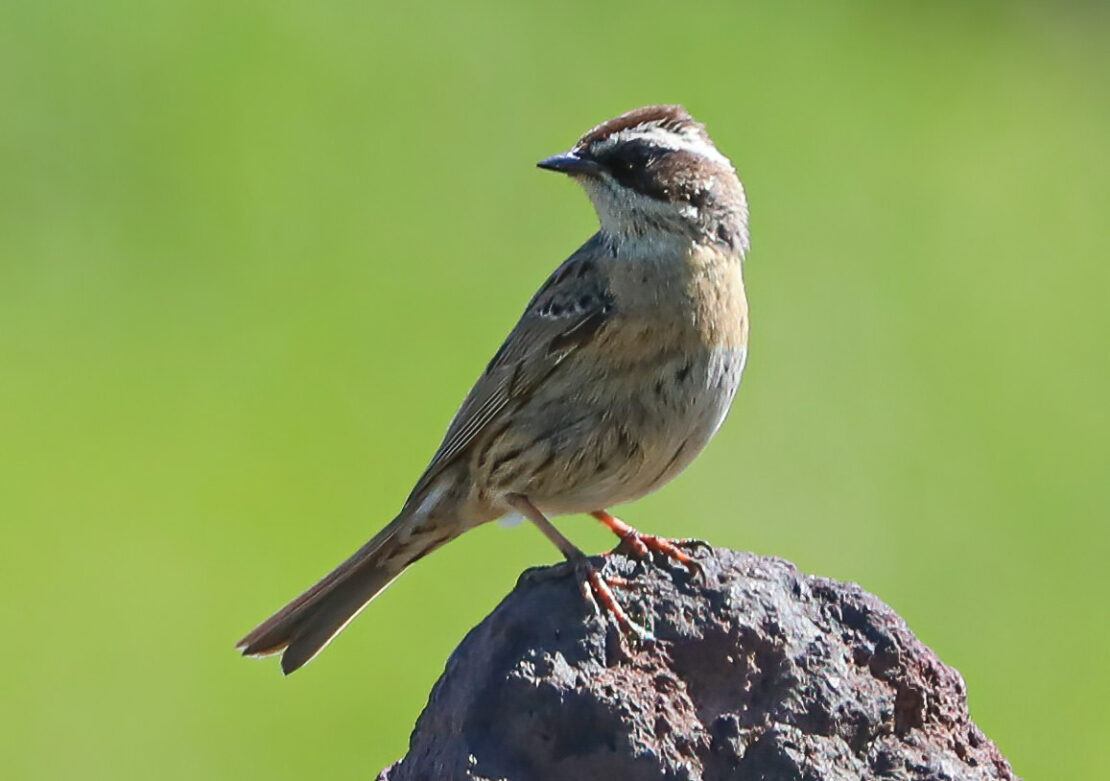Azerbaijan – Kyrgyzstan – Oman – Uzbekistan – South-West Russia – Syria – Yemen – Jordan – United Arab Emirates – Egypt – Israel – Saudi Arabia – Kuwait – Kazakhstan – Lebanon – Turkey – Iran – Qatar – Georgia – Armenia – Afghanistan – Bahrain – Tajikistan – Cyprus – Iraq – Turkmenistan

Updated: 21/12/2022
Capital: Yerevan
Area: 29,743 km2
BirdLife International partner: None
Total number of bird species: 376
Globally threatened bird species: 32
Country endemics: 0
Important bird and biodiversity areas: 18 IBAs with a total area of 4,151 km2
Rare birds committee: There is currently no rare birds committee in Armenia.
Specialities:
Caspian Snowcock, Sombre Tit, Radde’s Accentor, Asian Crimson-winged Finch, Red-fronted Serin.
Ornithological interest:
Armenia is a small, landlocked, mountainous country with considerable variation in levels of elevation, and a wide variety of habitats. Being in the Caucasus, the country is part of a biogeographical bridge between Europe and Asia and therefore sits at the northern or western range limits of a number of Asian species. A reasonably high level of endemism makes Armenia an interesting destination for birders targeting Caucasian species and subspecies. Migration periods can be particularly productive too.
Armenia is an excellent country to see a number of regional specialists. There are breeding populations of White-tailed Lapwing, Ferruginous Duck, White-headed Duck, Marbled Teal, Blue-cheeked Bee-eater and Paddyfield Warbler in the wetlands of the Ararat Plain, while Red-tailed (Persian) and Finsch’s Wheatears, Trumpeter and Desert Finches, and Grey-necked Bunting can all be found in the semi-deserts of central Armenia. In the juniper woodlands of the south, birders can find Sombre Tit and Red-fronted Serin. The northern deciduous forests hold Semi-collared Flycatcher, Green Warbler and Mountain Chiffchaff and Caucasian Grouse can also be found at higher elevations. Caspian Snowcock, Asian Crimson-winged Finch and Radde’s Accentor occur in the high mountains of central and southern Armenia.
Best times to visit:
Armenia is a rewarding country for birders to visit at most times of the year. Look for spring migrants and breeding birds between late April and mid-June. Although less well known than other parts of the Caucasus, the period between late August and mid-October is very good for raptor species during autumn migration. Mid-November to early January is the time for wintering waterbirds, and for higher altitude species that descend to lower elevations in winter.
Essential reading:
Svensson L, Mullarney K, Zetterström D, Grant P (2010) Collins Bird Guide, HarperCollins, UK.
The Armenian Bird Census website is a useful source of up-to-date information: https://armenian-bird-census.weebly.com/. It has a bibliography section here and a downloadable checklist here.
There is also a Facebook group: Armenian Ornithological Society
Trip report links:
Compilers:
Karen Aghababyan and Tsovinar Hovhannisyan
